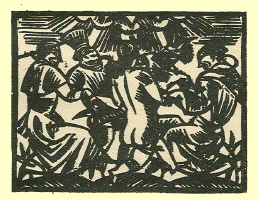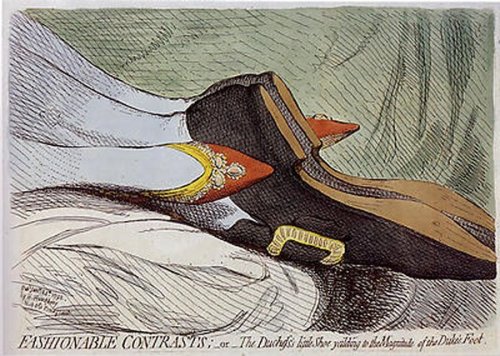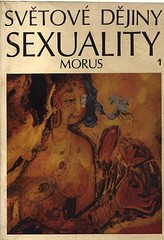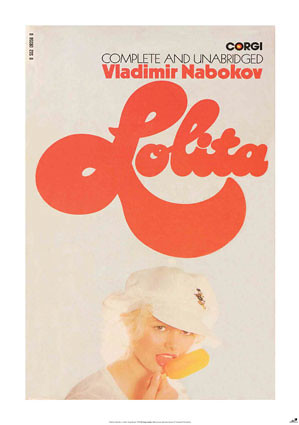 Loie Fuller poster for the Folies Bergère in the late 19th century.
Loie Fuller poster for the Folies Bergère in the late 19th century.
(poster by PAL (Jean de Paléologue), printed by Paul Dupont)
On May 2, 1869, the Folies Bergère, a French cabaret, opens as the Folies Trévise.
It was at the height of its fame and popularity from the 1890s through the 1920s and is still in business. The Folies Bergère inspired the Ziegfeld Follies in the United States and other similar shows.

One of its most popular representations, Édouard Manet‘s 1882 well-known painting A Bar at the Folies-Bergère depicts a bar-girl, one of the demimondaine, standing before a mirror.
Folies Bergère was a cabaret or music hall, of the type that had sprung up all over Europe following industrialization and urbanization, becoming a fixture of 18th and 19th century popular culture. Its music scene, the world of 19th century popular music remains — esp. compared to the high culture strain of 19th century music (i.e. Romantic music) — largely undocumented.
In that respect, the following book seems interesting: Sounds of the Metropolis: The 19th Century Popular Music Revolution in London, New York, Paris and Vienna
Its product description reads:
- “The phrase “popular music revolution” may instantly bring to mind such twentieth-century musical movements as jazz and rock ‘n’ roll. In Sounds of the Metropolis, however, Derek Scott argues that the first popular music revolution actually occurred in the nineteenth century, illustrating how a distinct group of popular styles first began to assert their independence and values. London, New York, Paris, and Vienna feature prominently as cities in which the challenge to the classical tradition was strongest, and in which original and influential forms of popular music arose, from Viennese waltz and polka to vaudeville and cabaret.
- Scott explains the popular music revolution as driven by social changes and the incorporation of music into a system of capitalist enterprise, which ultimately resulted in a polarization between musical entertainment (or “commercial” music) and “serious” art. He focuses on the key genres and styles that precipitated musical change at that time, and that continued to have an impact upon popular music in the next century. By the end of the nineteenth century, popular music could no longer be viewed as watered down or more easily assimilated art music; it had its own characteristic techniques, forms, and devices. As Scott shows, “popular” refers here, for the first time, not only to the music’s reception, but also to the presence of these specific features of style. The shift in meaning of “popular” provided critics with tools to condemn music that bore the signs of the popular-which they regarded as fashionable and facile, rather than progressive and serious.











